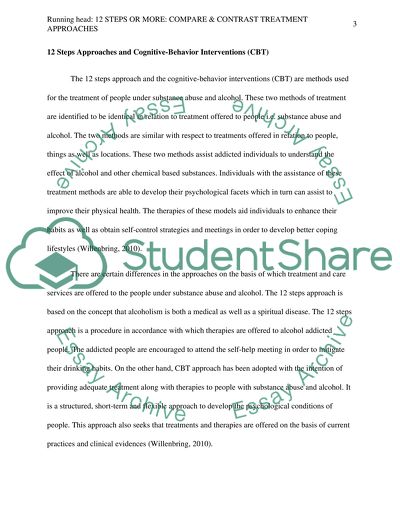Cite this document
(“12 Steps or More:Compare & Contrast Treatment Approaches Essay”, n.d.)
12 Steps or More:Compare & Contrast Treatment Approaches Essay. Retrieved from https://studentshare.org/law/1485769-12-steps-or-more-compare-contrast-treatment-approaches
12 Steps or More:Compare & Contrast Treatment Approaches Essay. Retrieved from https://studentshare.org/law/1485769-12-steps-or-more-compare-contrast-treatment-approaches
(12 Steps or More:Compare & Contrast Treatment Approaches Essay)
12 Steps or More:Compare & Contrast Treatment Approaches Essay. https://studentshare.org/law/1485769-12-steps-or-more-compare-contrast-treatment-approaches.
12 Steps or More:Compare & Contrast Treatment Approaches Essay. https://studentshare.org/law/1485769-12-steps-or-more-compare-contrast-treatment-approaches.
“12 Steps or More:Compare & Contrast Treatment Approaches Essay”, n.d. https://studentshare.org/law/1485769-12-steps-or-more-compare-contrast-treatment-approaches.


